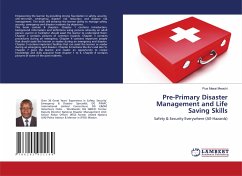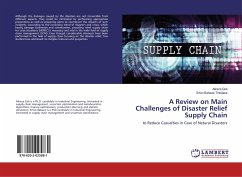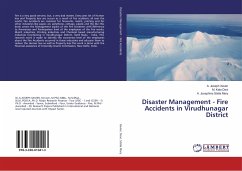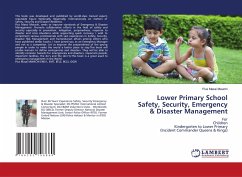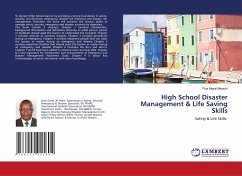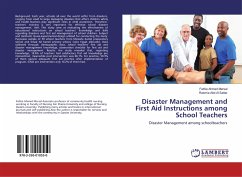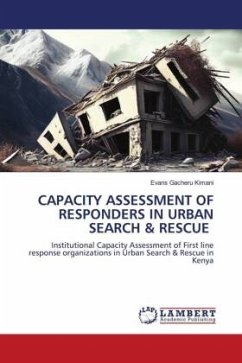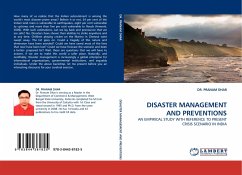
DISASTER MANAGEMENT AND PREVENTIONS
AN EMPIRICAL STUDY WITH REFERENCE TO PRESENT CRISIS SCENARIO IN INDIA
Versandkostenfrei!
Versandfertig in 6-10 Tagen
39,99 €
inkl. MwSt.

PAYBACK Punkte
20 °P sammeln!
How many of us realize that the Indian subcontinent is among the world's most disaster-prone areas? Believe it or not, 54 per cent of the Indian land mass is vulnerable to earthquakes, eight per cent vulnerable to cyclones and more than five per cent vulnerable to floods (Armonk, 2006). With such estimations, can we lay back and pronounce that we are safe? No. Disasters have shown their abilities to strike anywhere and at any time. Children playing cricket on the Marina in Chennai were swept away. The list goes on. Could a tragedy of this nature and dimension have been avoided? Could we have s...
How many of us realize that the Indian subcontinent is among the world's most disaster-prone areas? Believe it or not, 54 per cent of the Indian land mass is vulnerable to earthquakes, eight per cent vulnerable to cyclones and more than five per cent vulnerable to floods (Armonk, 2006). With such estimations, can we lay back and pronounce that we are safe? No. Disasters have shown their abilities to strike anywhere and at any time. Children playing cricket on the Marina in Chennai were swept away. The list goes on. Could a tragedy of this nature and dimension have been avoided? Could we have saved most of the lives that now have been lost? Could we have forecast the scenario and been a better- prepared lot? Well, these are questions that we will have to answer, if we are to make this world a safer place. Naturally, and Justifiably, Disaster management is increasingly a global enterprise for international organizations, governmental institutions, and arguably individuals. Under the above backdrop, let me present before you an interesting discourse for your cerebral exercise.





